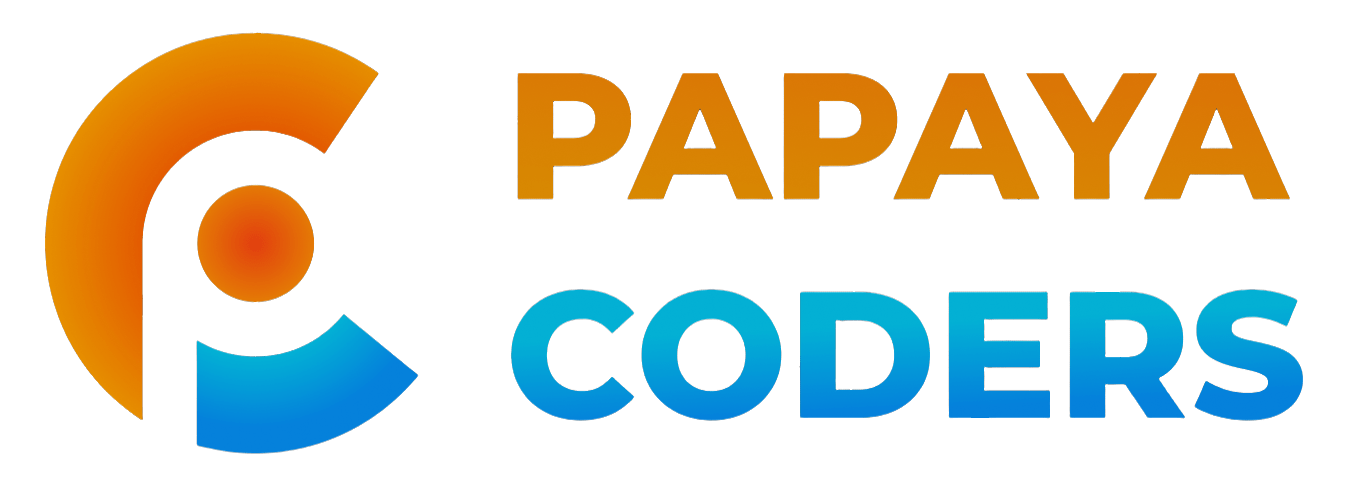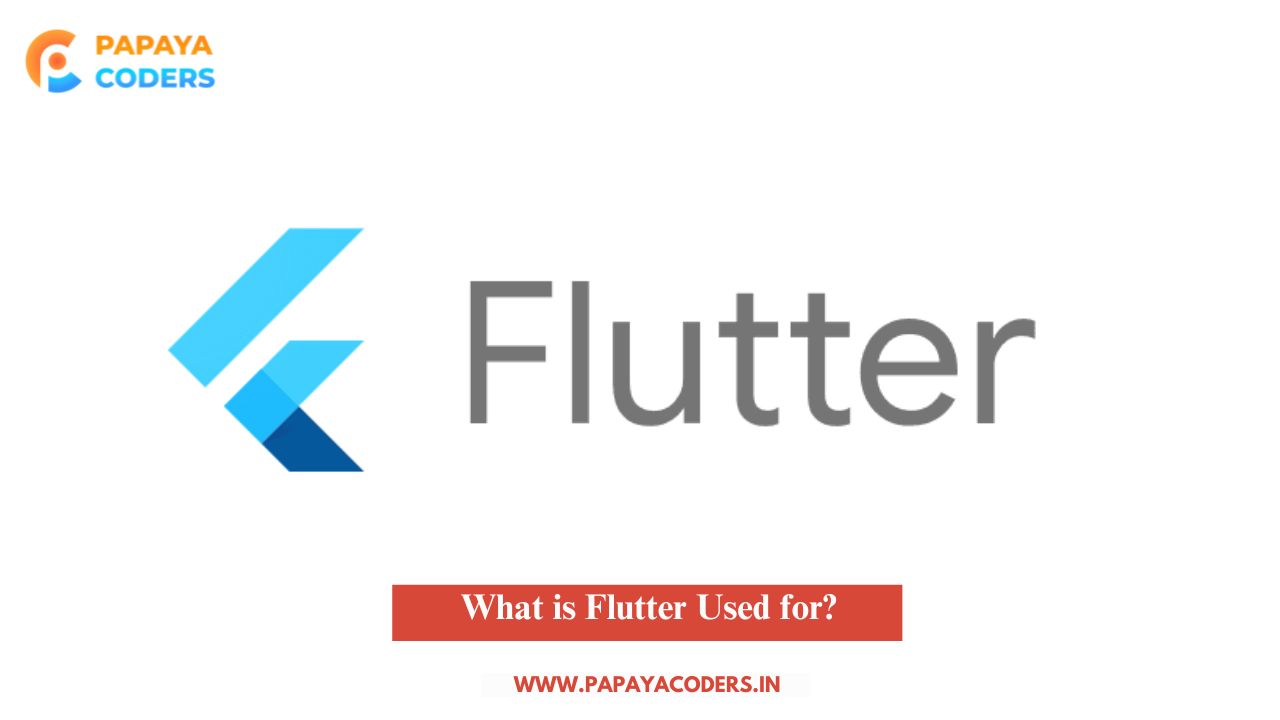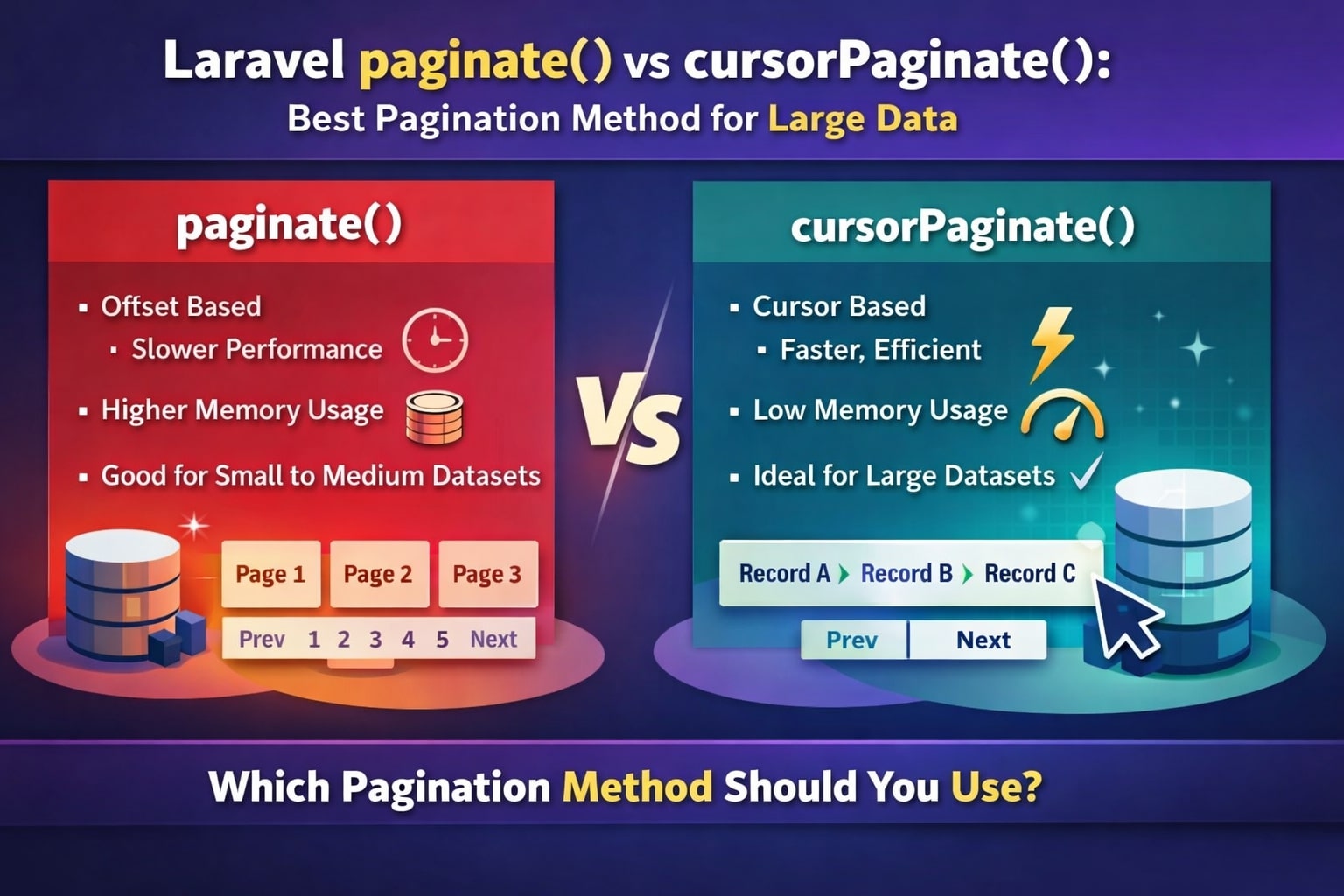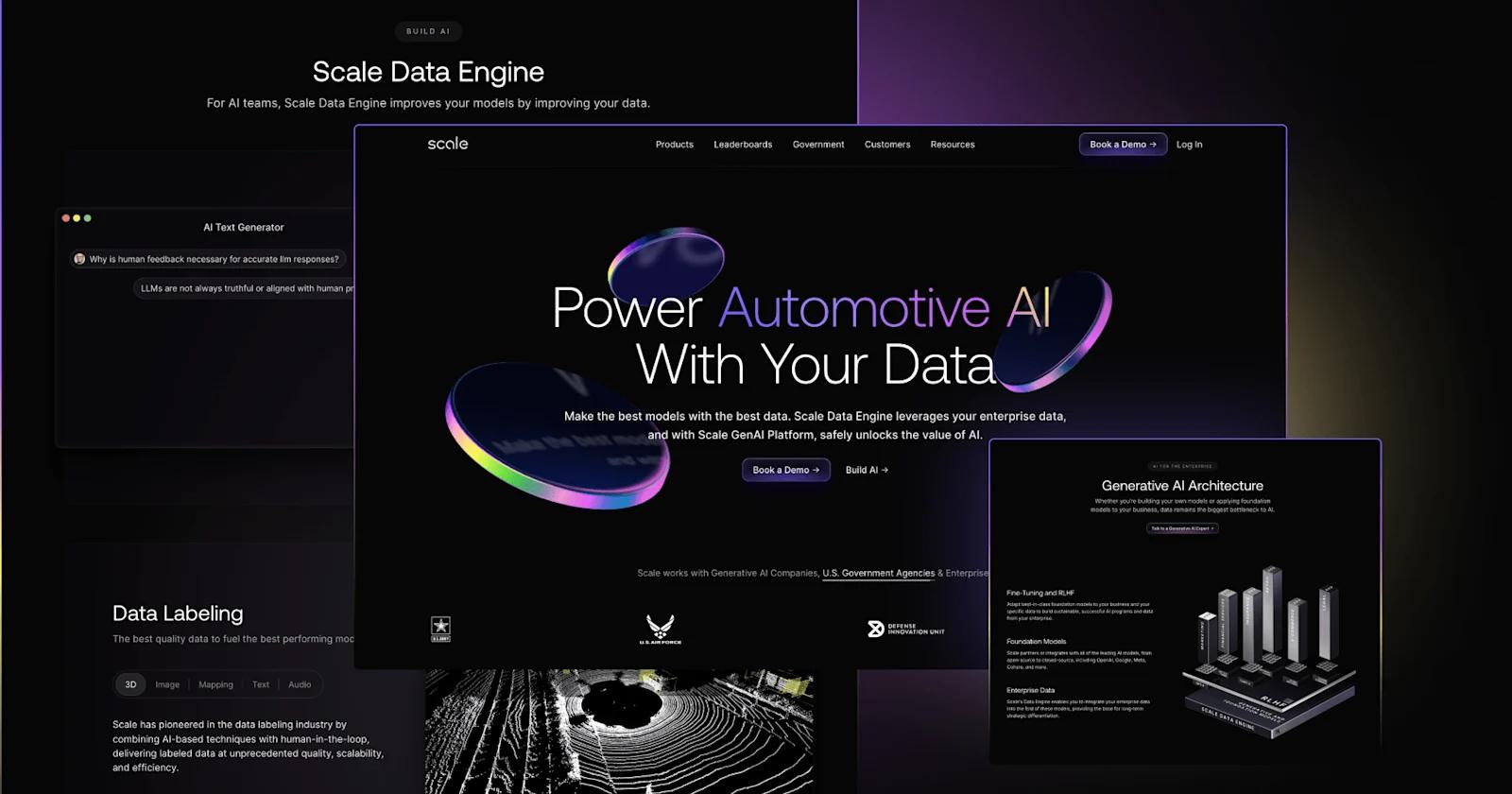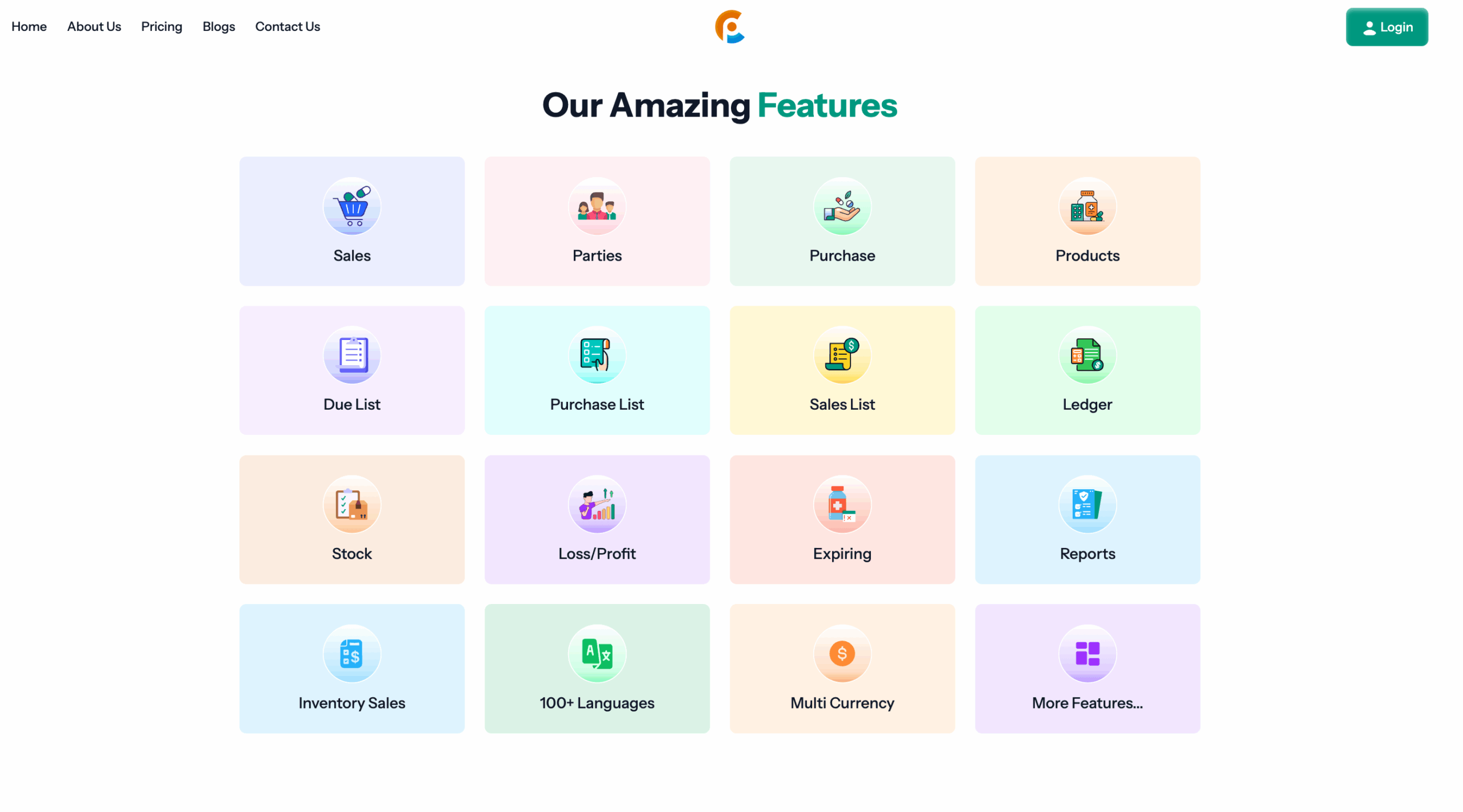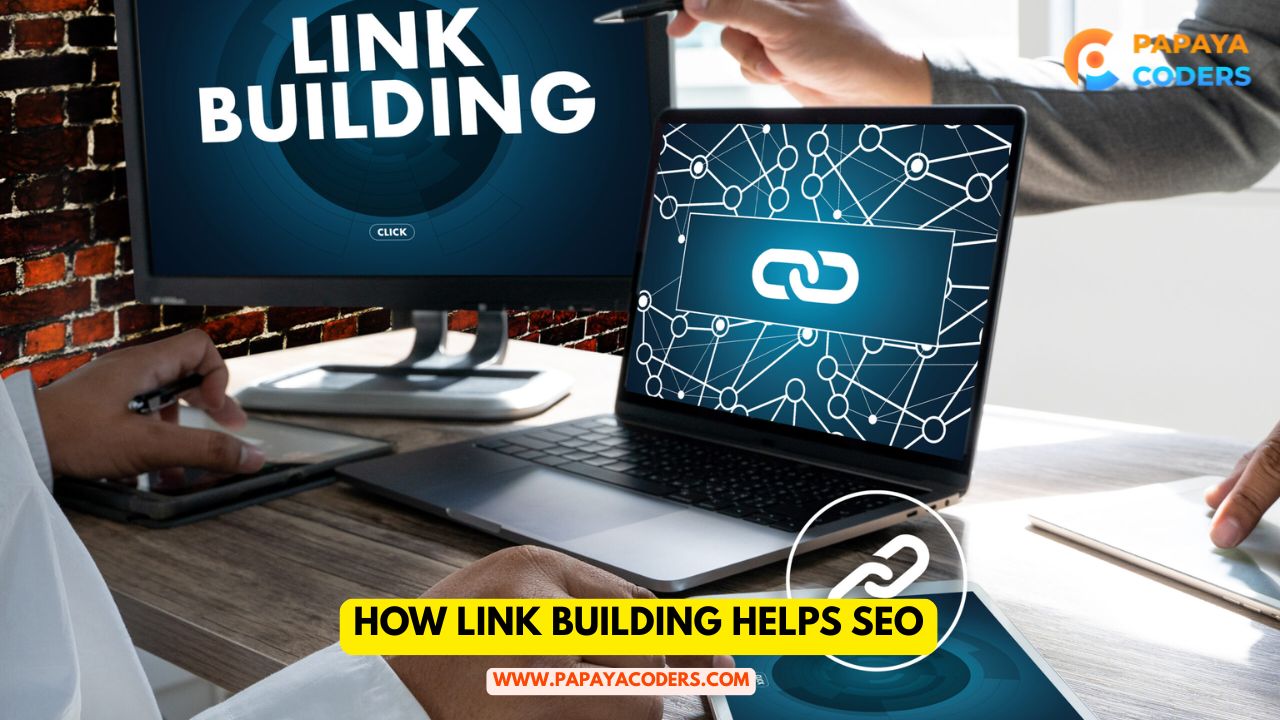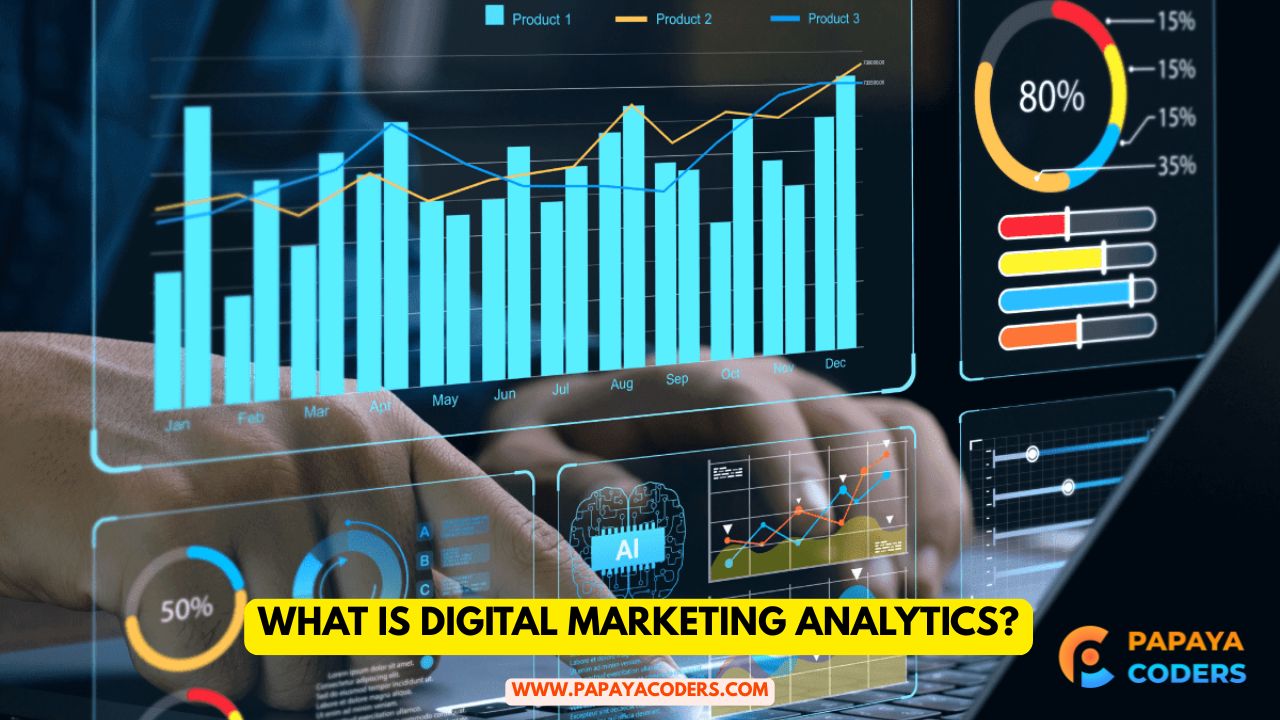Flutter is a robust open-source framework developed by Google for building cross-platform applications. It allows developers to create beautiful, high-performance apps for mobile (Android & iOS), web, desktop, and embedded devices using a single codebase.
In this article, we will explore the What is Flutter Used for, primary uses of Flutter, its advantages, and the types of applications it is best suited for.
What is Flutter?
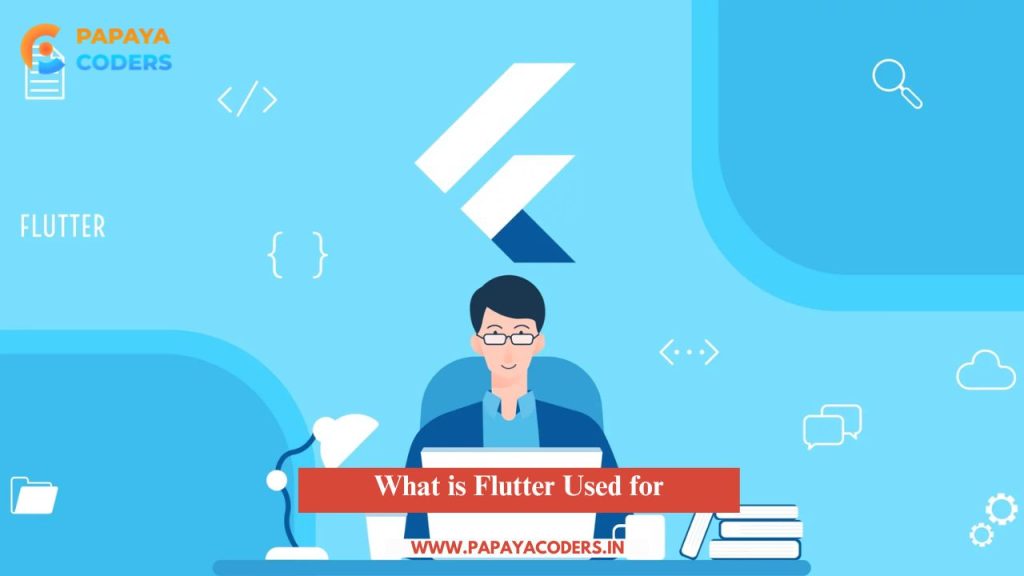
Flutter is a UI toolkit that uses the Dart programming language to build natively compiled applications. It is known for its fast development cycle, hot reload feature, and customizable UI components.
Flutter applications do not rely on traditional native components. Instead, they use Flutter’s rendering engine (Skia) to create a consistent look and feel across different platforms.
What is Flutter Used For?
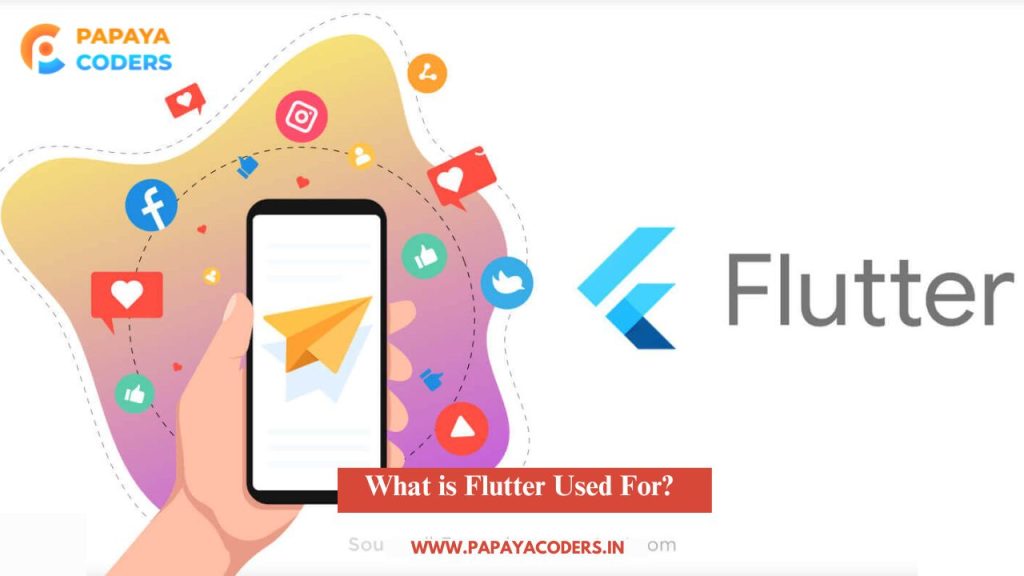
1. Mobile App Development (Android & iOS)
Flutter is primarily used to develop mobile applications. It significantly reduces development time and costs since it supports Android and iOS with a single codebase.
Examples of Mobile Apps Built with Flutter:
- Google Ads – An app for managing Google Ads campaigns.
- Alibaba – The popular e-commerce platform uses Flutter for its app.
- BMW & Toyota – Automotive companies use Flutter for their mobile solutions.
2. Web Development
Flutter for Web allows developers to build interactive, responsive web applications without needing separate code for the web and mobile. It supports progressive web apps (PWAs) and single-page applications (SPAs).
Best Use Cases for Flutter Web:
- Admin dashboards
- E-learning platforms
- SaaS applications
- Real-time data visualization apps
3. Desktop Applications (Windows, macOS, Linux)
Flutter also supports desktop applications, allowing developers to create native-like apps for Windows, macOS, and Linux.
Best Use Cases for Flutter Desktop:
- Business productivity tools (e.g., project management apps)
- Media and entertainment apps
- Finance and trading platforms
Not Ideal For: Apps that require deep integration with low-level system functionalities.
4. Embedded & IoT Applications
Flutter can also be used for embedded systems and Internet of Things (IoT) devices. Companies like Toyota are using Flutter for their in-car infotainment systems.
Best Use Cases for Flutter Embedded:
- Smart home applications
- In-car displays
- Wearable technology
5. Game Development
While Flutter is not primarily designed for game development, it does support 2D casual games using the Flame engine. Developers can create interactive, lightweight games with Flutter’s fast rendering engine.
Best Use Cases for Flutter Games:
- Simple 2D games (e.g., puzzle games)
- Educational games
- Gamified business apps
Not Ideal For: High-performance 3D games or complex game engines.
Why Use Flutter?
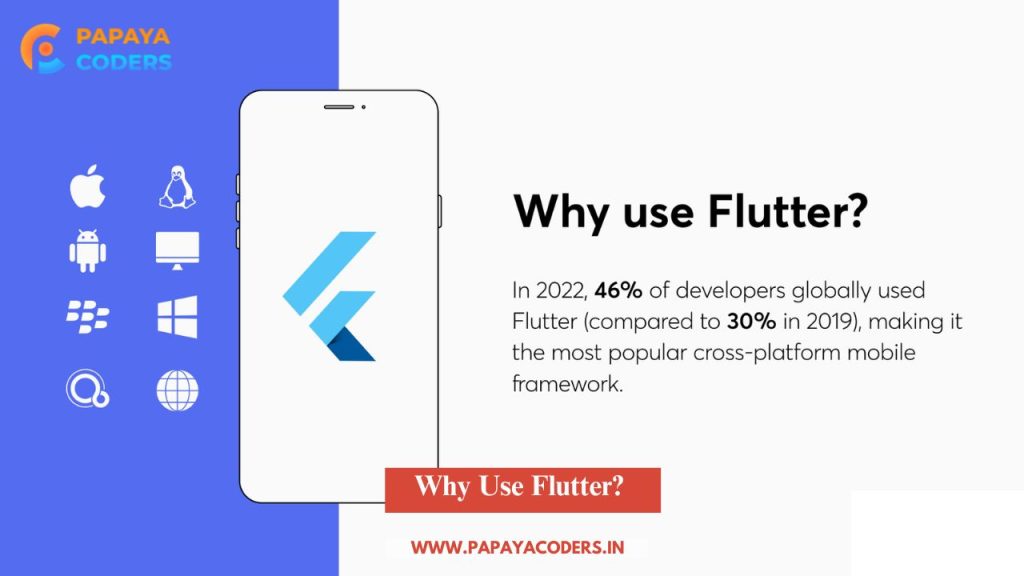
1. Cross-Platform Development
Write once, run anywhere – mobile, web, and desktop with a single codebase.
2. Fast Development with Hot Reload
Flutter’s hot reload feature allows developers to see changes in real-time, reducing development time.
3. High Performance
Flutter apps are compiled into native ARM code, ensuring smooth performance without relying on web views.
4. Beautiful UI & Customization
Flutter offers pre-designed widgets and full customization for a unique user experience.
5. Backed by Google & Large Community
Google continues to invest in Flutter, making it a stable and future-proof framework.
Conclusion: Is Flutter Right for Your Project?
Flutter is a powerful, versatile mobile, web, desktop, and embedded systems framework. If you are looking for a cross-platform solution with a rich UI, fast performance, and reduced development costs, Flutter is a great choice.
